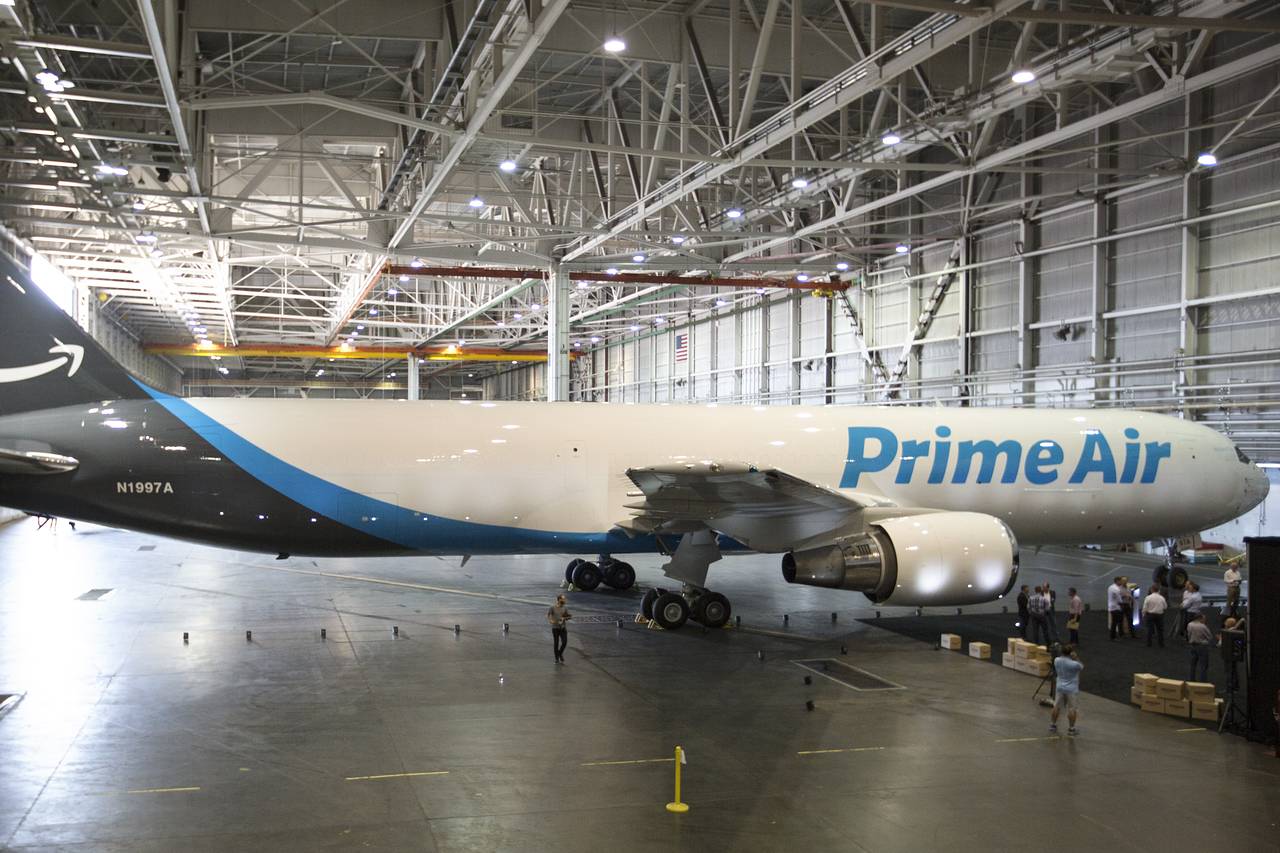 In the late night hours of Tuesday, August 2, a secret operation began in Rome, Italy. The mission: depart from Griffis International Airport, fly over 5,600 miles under cover of darkness heading west toward Seattle, Washington, arrive before dusk, and never be seen. It sounds like a CIA operation or a secret military objective, but it was far from it.
In the late night hours of Tuesday, August 2, a secret operation began in Rome, Italy. The mission: depart from Griffis International Airport, fly over 5,600 miles under cover of darkness heading west toward Seattle, Washington, arrive before dusk, and never be seen. It sounds like a CIA operation or a secret military objective, but it was far from it.
The team carrying out the mission was that of Atlas Air, their ship a Boeing 767-300, and their destination a hanger at Boeing Field. The mission was not planned by the government or military, but by Amazon. So why all the secrecy?
Amazon is making significant strides toward self-sufficiency in terms of their delivery network. Currently, the e-commerce giant uses UPS and FedEx to deliver their products to consumers. One goal of every business is cutting as much expense as possible. Amazon may have not only found a way to do that, but also put a challenge to the big shipping giants by creating its own shipping and delivery infrastructure to get packages from Point A to B. Hence the secrecy.
Amazon revealed their new cargo jet, complete with “Prime Air” in decals on the fuselage, on August 4 inside the Boeing hanger. The plane will be one of 40 in the newly formed fleet of planes, trucks, and drivers. The announcement came days before the Boeing Seafair Air Show in Seattle, where the plane was to be showcased.
The plan comes on the heels of Amazon testing innovative delivering methods. Innovation can propel a company forward and change the way business is performed. This is exactly what Amazon wants to achieve. If they’re successful, it will certainly change the way the world does business.
Using airplanes is not the first time the Amazon logo has filled the sky. Certain parts of the country are serving as test areas for 30-minute delivery to local addresses. Customers go online, order a product, and select the 30-minute delivery option. Amazon sends the package (weighing up to 5 lbs) to the consignee via an Unmanned Aerial Vehicle (UAV) or “drone.” The drone only has a range of 15 miles, so don’t plan on ordering a package in Ohio and expect it to make it there in 30 minutes from Washington.
The drones use sense and avoid technology to monitor the flight and can see objects miles ahead to ensure a safe delivery. Once the UAV reaches the consignee, it identifies a safe area to land, drops off the package, and returns to the distribution center (see the video below for a demonstration).
It may sound like science-fiction and not reality, but the fact is this is where the world is going. UPS and FedEx have been locked in a decades long battle for supremacy. No one has been able to compete with them. DHL tried in 2007 and quickly realized they couldn’t crack the domestic arena. There have been regional carriers such as SpeeDee and OnTrac that serve different localities, but none have the infrastructure to make a run at the big guys (nor do they want to on a head-to-head level). The question some are asking is whether Amazon could be a potential competitor to UPS and FedEx.
Amazon has not announced whether it will try and compete with the carriers. At this point, the goal is to do more of the heavy lifting and cut costs. It’s hard not to ponder what it would be like to have an alternative to UPS and FedEx when Amazon adds a fleet of 40 planes, increases distribution centers across the country, and unveils new technology.
Whether UPS and FedEx are going to have another competitor is unknown, but it would serve both companies well to look at what Amazon is doing. If they looked in their rearview mirrors they would see Amazon closing fast (in a truck, plane, or drone; you pick). They may not be directly competing with the carriers, but they are certainly leading the way in new technology and services.


